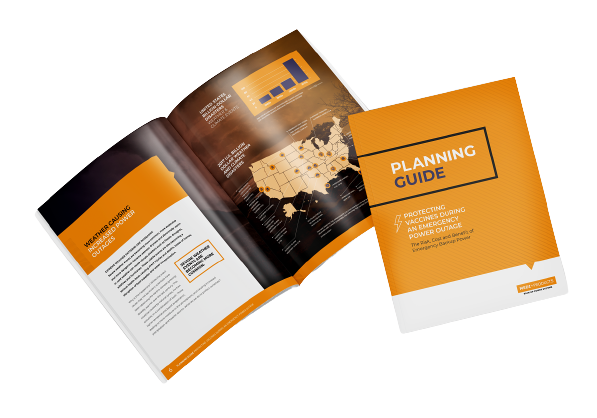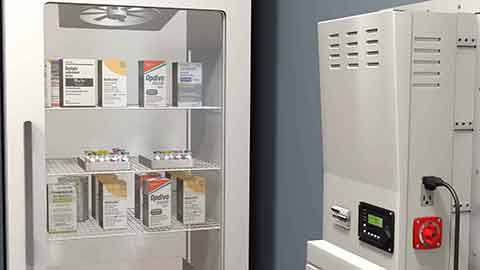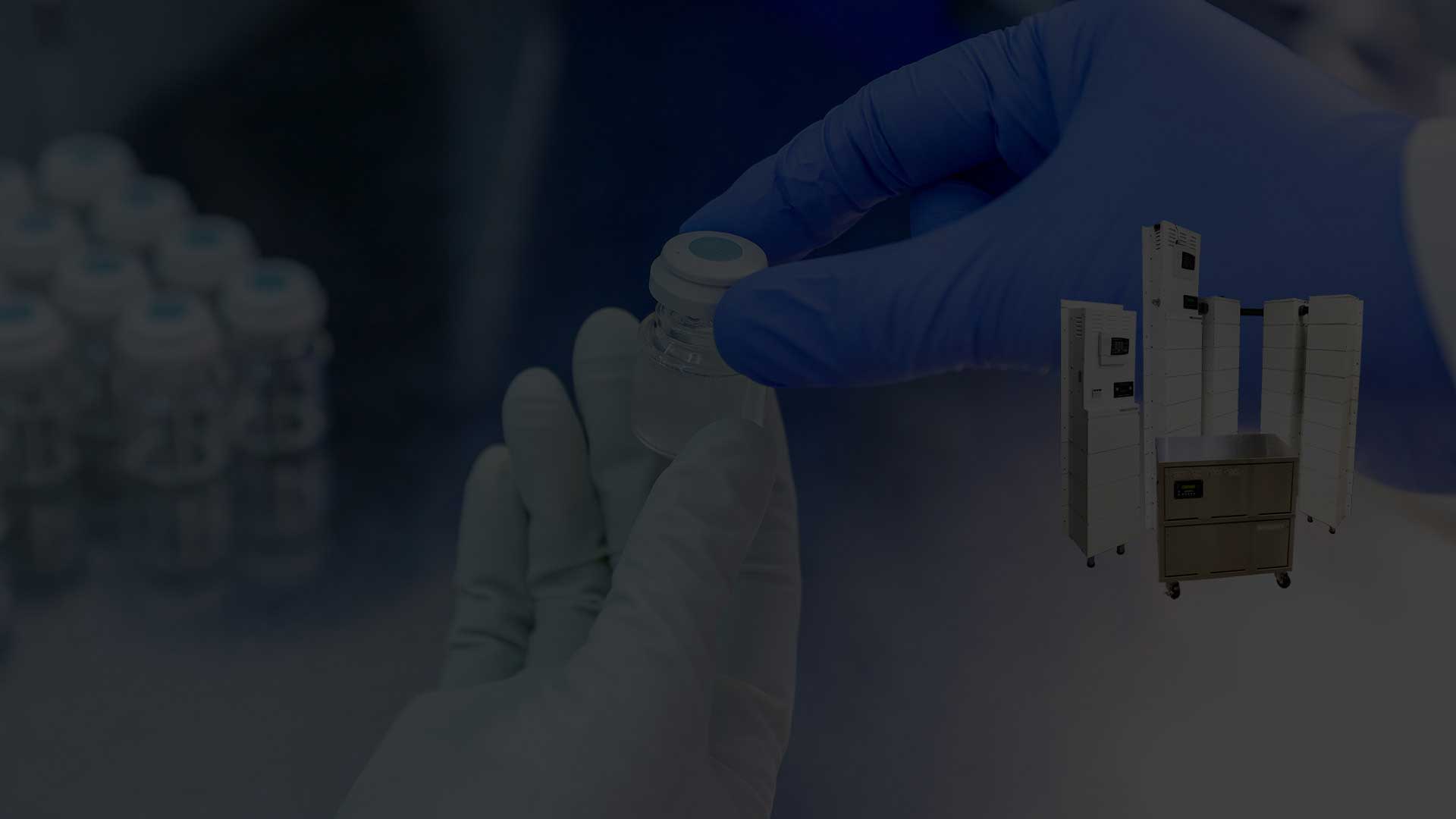Using Buffered Temperature Probes for Medical Refrigeration
Buffered temperature probes are vital for effective vaccine storage — ensuring that staff can perform adequate temperature monitoring.
Temperature monitoring ensures that the vaccines remain in the optimal range recommended by the CDC (20C to 8oC for most). The best way to ensure this happens is by monitoring the vaccines using a buffered temperature probe.
Aside from the fact that the CDC recommends using buffered temperature probes for temperature monitoring, these probes also make for a more efficient work environment.
What Is A Temperature Probe?
Temperature monitoring is a crucial aspect of vaccine storage. Up-to-date information is needed for one is to act swiftly during a temperature excursion event. A temperature excursion occurs when the vaccine temperature goes beyond the range the CDC recommends.
The CDC also recommends the type of temperature monitoring device (TMD) you should use – a digital data logger (DDL) with a temperature probe. The DDL is more effective than any other TMD because it is a battery-powered and continuous, temperature monitoring and recording device. You can even program them to take readings at intervals of your choice—of which the CDC recommends an interval of at least thirty minutes.
A DDL can do several things for your temperature monitoring, such as:
- Measuring and displaying the minimum and maximum temperature reached
- Having an alarm for out-of-range temperatures (temperature excursion)
- Having a low-battery indicator
For the DDL to perform all these super functions for you, it has to have a detachable probe that you can place in your medical cold storage unit—right in the middle with other inventory while you keep the display panel on the unit’s exterior.
What Is A Buffered Temperature Probe?
The CDC recommends that you buffer this temperature probe. A buffered temperature probe ultimately helps to prevent false readings. It does this by protecting the thermometer from sudden changes in temperature that can happen due to regularly opening your storage unit’s door. In addition, a buffered probe will more accurately reflect the temperature of the items stored within a fridge or freezer, particularly vaccine vials, compared to an unbuffered or bare probe.
You can buffer your probe by immersing it in a vial filled with liquid (such as glycol, ethanol, or glycerin), loose media (such as sand, glass beads), or a solid block of material (such as Teflon or aluminum).
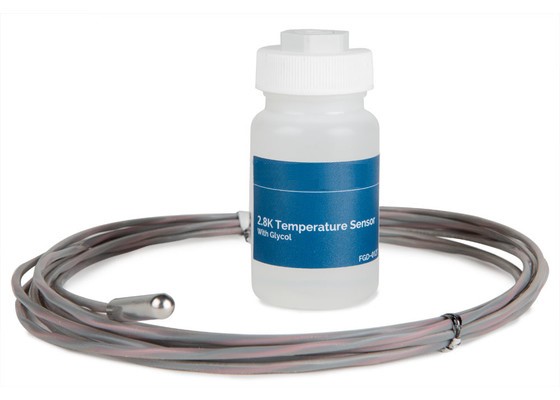
A Buffered Temperature Probe
Why Is A Buffered Temperature Probe Essential?
Imagine that your DDL raises the alarm about temperature excursions every time you or your staff opens your unit’s door to retrieve a vaccine vial.
Furthermore, imagine going through this nerve-wracking process needlessly just because your probe was measuring air temperatures instead of the actual vaccine temperatures (the opening and closing of the fridge doors will readily alter air temperature more quickly than the materials being monitored).
With a buffered temperature probe, you can avoid the hassle as a buffered temperature probe will not react to changes in air temperature the way an open-air temperature probe would. Additionally, you will be assured that if your DDL ever sounds a temperature excursion alarm, it is a legitimate concern.
What Should You Buffer Your Temperature Probe With?
The CDC recommends that you buffer your probe in a liquid medium like glycol because it has a very low freezing temperature, making it suitable to work within a broad range of temperatures.
Additionally, a 2012 NIST study reported that data loggers featuring an external probe kept in a glycol-filled bottle provide effective, continuous temperature monitoring of stored vaccines. The DDLs can do this because the glycol setup more closely mimics the conditions and properties of stored vaccines.
However, CDC guidelines also allow for other types of media, such as loose media and solid media, to be used as a buffer with a temperature monitoring probe.
Buffered Temperature Probes Vs. Non-Buffered Temperature Probes
Cas Data Loggers conducted a study to examine the behavior of probes inserted in various buffers. They also compared the behavior of these probes with a non-buffered probe. They performed the tests in a freezer and a refrigerator, using three different buffers: ethylene glycol, glass beads, and nylon block.
The study returned the following results:
- There was a substantial temperature difference between the ethylene glycol probe and the probes in glass beads and nylon block. When they compared the refrigerator temperature data for time constraints, they found that the glycol buffer had the slowest response time out of all the temperature buffers they used. This means that the glycol buffered probe performed best in resisting temperature fluctuations brought on by opening and shutting the unit doors.
- Meanwhile, glass beads and nylon block probes had virtually identical thermal responses. They, therefore, concluded that if you had to choose between using a nylon block and glass beads, one does not perform better than the other. However, they recommended a nylon block because nylon is easier to use.
- The non-buffered probe showed extreme fluctuation in all the test runs, showing much more significant temperature variations than any of the other three buffers they used. Thus, a non-buffered probe is not advisable for use in your facility because it will cause several false alarms, and produce widely-varying temperature data.
Other Ways to Avoid and Combat Temperature Excursions
For end users of pharmaceuticals, the most likely scenario for them to experience a temperature excursion is because they’ve left the door open to a medical refrigerator/medical freezer or it has stopped running.
While door alarms and buffered temperature probes are fairly easy to source tools, a reliable and powerful backup power system for refrigerators can be harder to find.
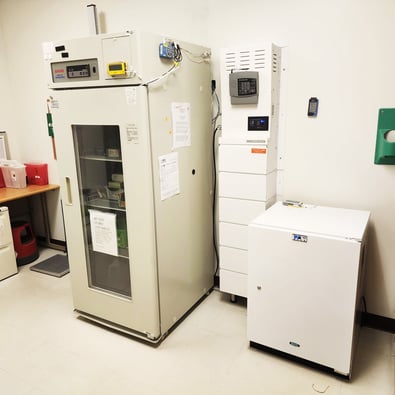
Luckily, battery backup systems offer instant and automatic power for medical appliances as soon as the power goes out. As a result, no staff needs to be on-site to keep track of or start the generator and vaccines will continue to remain safe—with no extra work required.
Additionally, their vertical, cabinet-like design and leak-proof batteries mean they can be installed in even the tightest spaces and oriented in anyway to make them fit. Plus, if your medication or vaccine room is truly tight on space, a hardwired backup power unit can instantly supply remote power to your appliance—directly via the outlet its already plugged into.
Regardless of what kind of system is the best fit, they ensure that your entire stock of vaccines are protected from a sudden loss of power (and the resulting temperature excursions) by guaranteeing a seamless transition from utility power to backup power.
Even better, is that battery generators can be outfitted with as much power as you want. So system’s can be designed with enough power to protect a facility’s inventory:
- Overnight
- All day
- Over a weekend
- Or even for a whole week.
So, to protect your facility from tens of thousands of dollars in lost vaccine stock, speak to a Medi-Products battery backup expert.
They’ll help design you a system that both meets your power needs and will fit inside your facility—for a much lower cost than what your vaccines are worth. So a backup power system pays for itself the first time your power goes out.
Designing a system for you is as easy as taking a picture of your appliance’s nameplate, and a photo of the room where it’s in.
Then, you just email both photos to our Product experts, and we’ll provide you with multiple options for backup power protection.
For more information contact: 1.800.7653237
